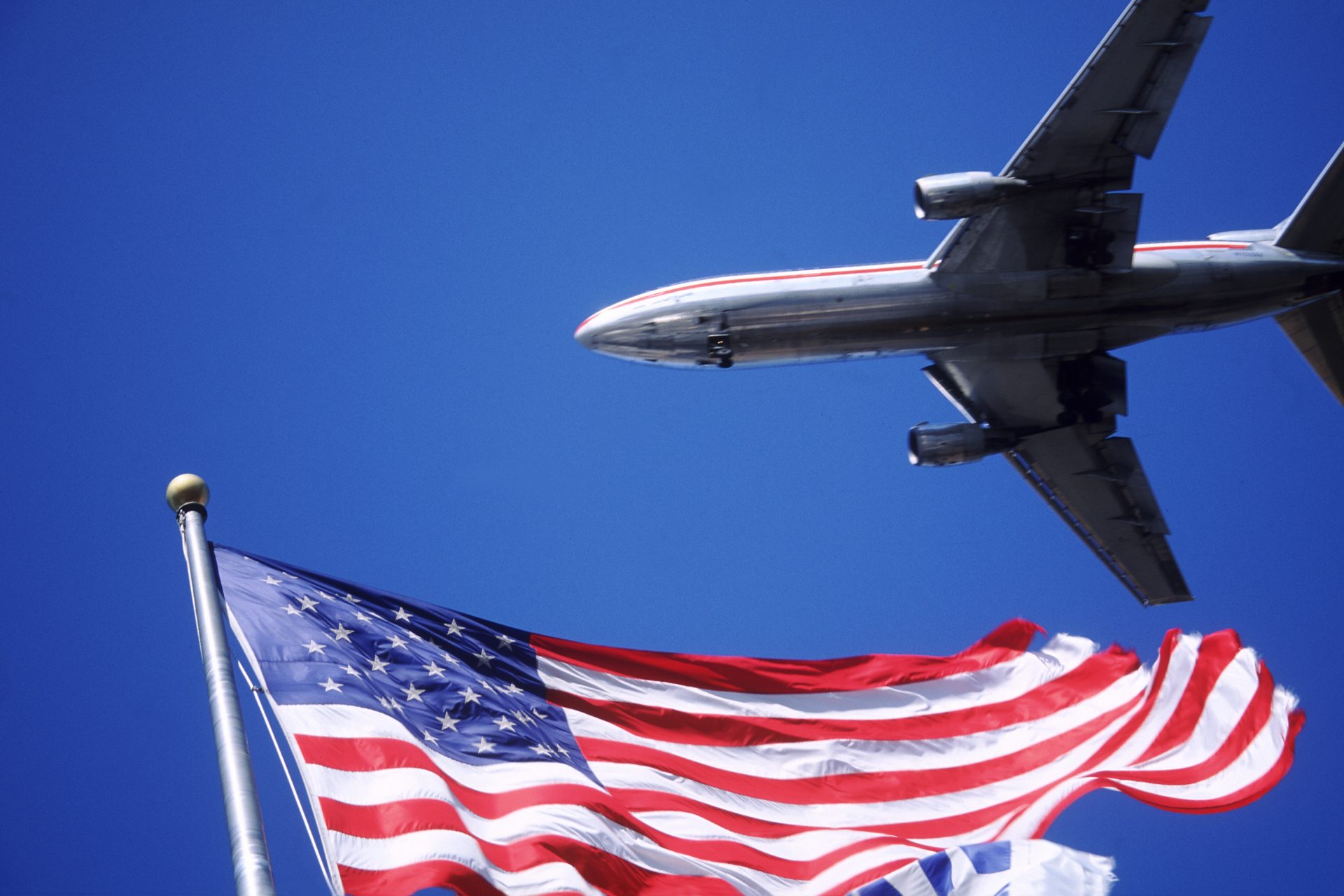What happens to the human body during space travel?
Who didn't dream of being an astronaut when they were a kid? Shooting off to the moon in a spaceship and floating around seemed like the coolest thing ever.
Space travel has always been humanity's great dream, and thanks to innovative technology over the last 70 years, that dream has become a reality for many astronauts.
Photo: NASA
Space offers many possibilities, from living on other planets to meeting an alien species. It has also inspired cinema, with some of the best movies ever made set in space.
Photo: NASA
In the last twenty years, humans have been able to live on the International Space Station (ISS), where there is a group of astronauts who work intensively every day.
Photo: NASA
Astronauts typically work there for 6 months before another astronaut replaces them. And one wonders: what are the effects of space on the human body?
Photo: NASA / Unsplash
With this question in mind, the American Space Agency decided a few years ago to undertake an experiment. It was held simultaneously both aboard the International Space Station and on Earth. How? By choosing twins as the two protagonists, both NASA astronauts.
Photo: NASA
These are the Kelly twins: Scott and his brother Mark, known by all as the NASA twins.
Photo: NASA
The experiment aimed to study the possible effects of microgravity on the human body by examining the Kelly twins: Scott, who remained on the International Space Station for 340 days, and his brother Mark, who remained on Earth.
Photo: NASA
During these 340 days, Scott was constantly monitored and subjected to certain tests to measure his memory, blood and urine samples, eyesight checks, etc.
Photo: NASA
Scott Kelly also did experiments during his space mission: he was the first astronaut to grow and eat produce harvested outside Earth.
Photo: NASA
At the same time, on planet Earth, Mark was being subjected to the same tests and the same experiments.
Photo: NASA
It should be noted that Scott's stay on the ISS was almost double the normal duration of six months.
Photo: Instagram @iss
To fully study the effects of microgravity on the human body, Scott had to stay for a longer period in space.
Photo: NASA
When Scott returned to Earth, all the scientists involved in the experiment started checking the results and analyzing the twins.
Photo: NASA
According to what was reported in Science, the results show that Scott Kelly's DNA was not altered. There was only a slight change in gene expression as a response to the new environment.
Photo: NASA
However, changes in the shape of the eyeball and the decline in some cognitive abilities were also noted in the astronaut aboard the ISS.
Photo: NASA
Here is the testimony of Brinda Rana, one of the leading scientists of the experiment, which was reported in the Italian newspaper La Repubblica: “An important issue for the health of astronauts is the neuro-ocular syndrome associated with space, which leads to a weakening of sight and may be the result of the many jolts to the vascular system produced by the change in microgravity”.
Photo: NASA
She added: "This data suggest that the human body can cope with and withstand long-duration space flights."
Photo: NASA
According to Dr. Rana, the study showed how adaptable the human body is, which will help future experiments and research. In the photo, we can see the astronaut Samantha Cristoferetti.
Photo: NASA
The researchers also noticed that Scott's intestinal microbiome had changed slightly, which was noted through the bacteria found in his intestine.
Photo: Instagram @iss
Interestingly, most of the alterations in Scott Kelly's human body have completely disappeared, with the exception of genetic changes and his declining cognitive abilities.
Photo: NASA
The bigger picture is that experiments like this one are an important starting point for a better understanding of how to protect astronauts in future, long-term missions.
Photo: Instagram @iss
More for you
Top Stories



































